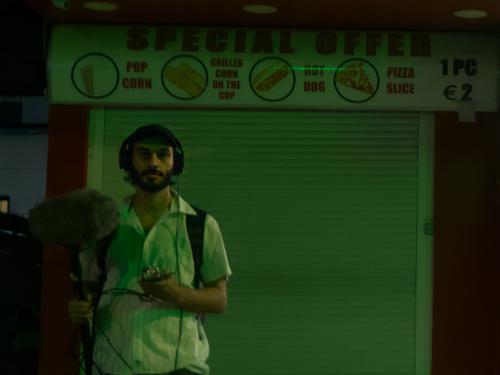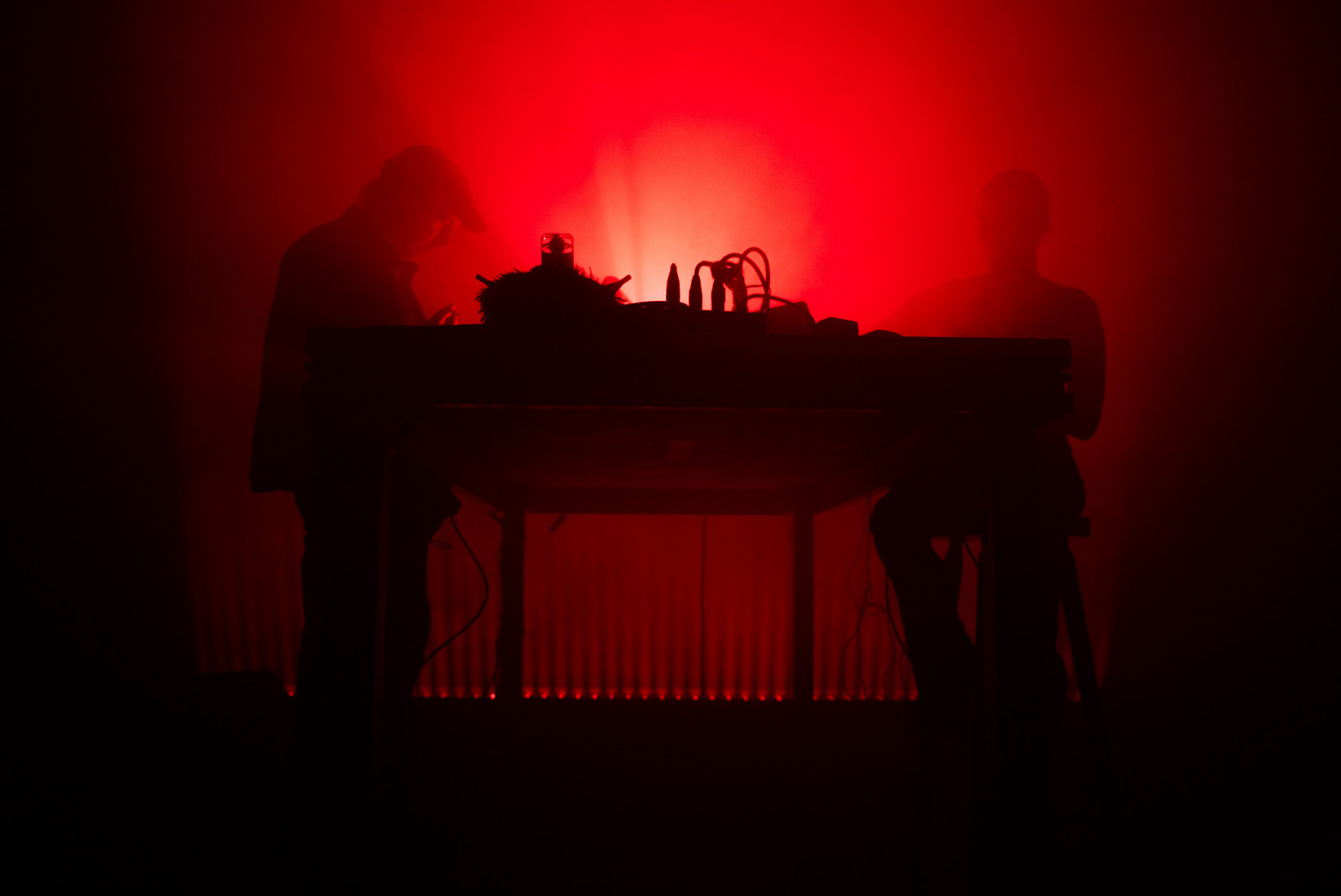
CTM 2026 Radio Lab projects announced
Two projects are produced under the CTM 2026 Radio Lab, an ongoing initiative that seeks unusual explorations of the artistic possibilities of radio and live performance or installation mediums, under the yearly festival theme.
Following a premiere at CTM 2026, the works will be broadcast via Deutschlandfunk Kultur and ORF in spring and autumn 2026 respectively.
A project by Deutschlandfunk Kultur – Hörspiel / Klangkunst and CTM Festival in collaboration with Goethe-Institut, ORF Ö1 Kunstradio, the Radio Lab sought proposals relating to the festival theme »dissonate < > resonate« that also engaged with the artistic possibilities of radio and live performance mediums.
Emiddio Vasquez
»21s«

»21s« by Emiddio Vasquez is a dense confabulation radio drama that permeates the nexus of militarism and club culture in Cyprus.
Unfolding in Ayia Napa (once lauded as the epicenter of UK garage) from the late 1990s to the present, Vasquez’s layered sound world draws on localized sources: ELF (extremely low frequency) radio recordings near British military bases, field recordings from Ayia Napa’s alleys, and bat calls used as metaphors for radio transmissions. These intermingle with studio takes of fictional drum breaks performed by local drummer Stelios Antoniou, commissioned radio announcements recalling Kiss FM, the production of which the artist outsources through online freelance platforms, and samples from UK garage label Nice N’ Ripe. Working towards a psychogeography of a geopolitically fraught locality, the piece takes the »resonant circuit« as a point of departure – the phenomenon that enables tuning into radio frequencies – while foregrounding the inevitability of »unwanted« noise and interference in transmission.
Visually, the performance draws critically on AI-slop aesthetics, evoking today’s hallucinatory media consumption and the self-delusions projected onto spaces like Ayia Napa, including the orientalizing imaginaries of Cyprus in the eyes of British visitors.
The title references So Solid Crew’s iconic UK garage track »21 Seconds«, a song on repeat for Vasquez and many others when it topped the charts. Reflecting more broadly on how media have reshaped our sense of temporality, it asks how radio might reclaim time by attuning us to different forms of listening.
Khrystyna Kirik x Mark Bain
»The Core«

Khrystyna Kirik and Mark Bain explore how the force of war imprints itself into land. Following a premiere at CTM 2026, the work will be broadcast via Deutschlandfunk Kultur and ORF in spring and autumn 2026 respectively.
Using seismic data recorded during missile strikes and explosions in regions such as Kharkiv and Kherson, recordings from the moment of the destruction of the Kakhovka dam, environmental phenomena such as earthquakes in Chernihiv and Poltava regions, as well as daily baseline readings from Poltava, they translate this violence into vibration and sound — layering inaudible yet physically impactful low-frequency waves, sonic winds and frequency pools, dense drones, voice, and high frequency textures. Mark works with the architecture of the building, treating the building’s structure as a resonating instrument, while Khrystyna uses her voice with a throat mic and audified seismic recordings to create a vibrasonic experience of being engulfed by the earth.
Their performance, »The Core,« unfolds as a journey through five acts, descending from the surface into the depths of the ground. Each act, or layer, evokes not just geological shifts, but emotional ones — asking us to listen with our bodies to the imprints of violence that infuse the soil.
The performance aims to create a collective experience of embodied listening. Sound resonates through walls, through bodies, through memory. The artists explore how violence reverberates beyond what is seen or reported, and how listening to its traces offers a way to reconnect to the fundamental entanglements and dependencies between humans and nature, including the living soil beneath us. This work is about destruction. But rather than hardening in response to trauma, it invites an honest confrontation — a shared space to witness, reflect, and face what is often ignored or denied. It asks: what does the land feel — and can we learn to feel with it?